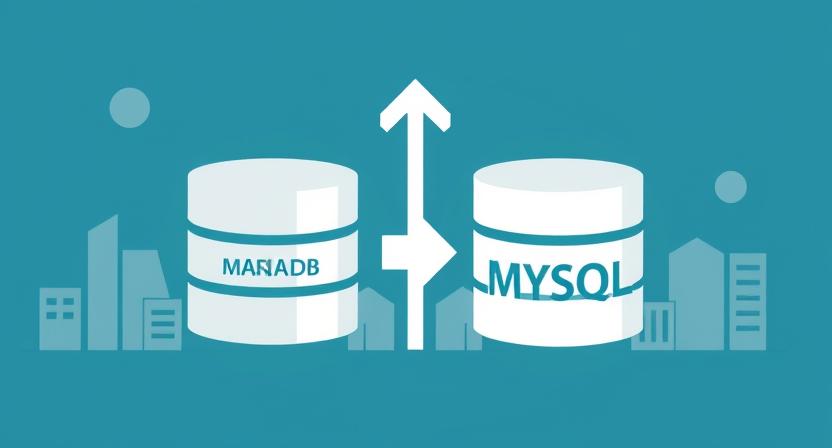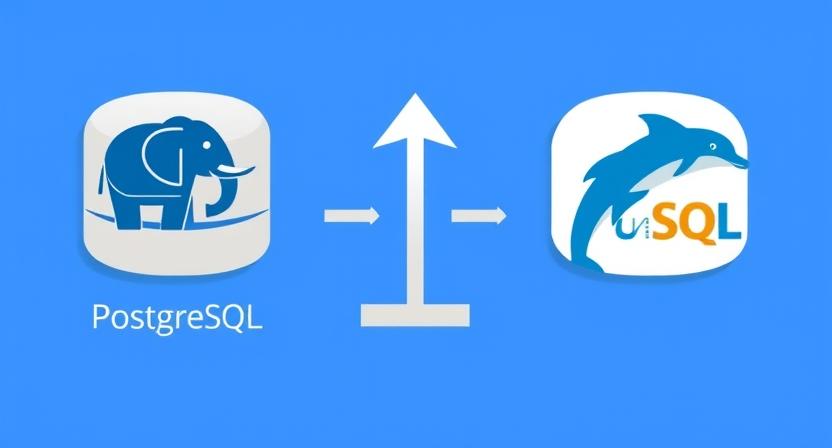Downtime and data loss can have severe consequences for enterprises. Oracle Database provides robust tools for backup and recovery, but a comprehensive strategy is required to maintain business continuity, meet compliance standards, and protect critical data.
Full vs. Incremental Backups
Full backups capture the entire database, providing a complete snapshot. Incremental backups capture only changes since the last backup, reducing storage requirements and backup time. Using Oracle RMAN, enterprises can efficiently manage both full and incremental backups, ensuring quick restore times when necessary.
Careful planning of backup frequency, retention policies, and storage location is essential. On-premises, cloud-based, or hybrid storage solutions each offer unique advantages and must align with business requirements.
Recovery Scenarios
Enterprises face a variety of potential failure scenarios, including hardware failures, human errors, corrupted transactions, and ransomware attacks. Oracle Database supports point-in-time recovery, allowing administrators to restore data to a specific moment before an incident occurred.
Implementing standby databases with Oracle Data Guard ensures high availability and minimal downtime, even in disaster scenarios.
Testing and Automation
A backup is only valuable if it can be reliably restored. Enterprises must regularly test recovery procedures to ensure operational readiness. Automating backup jobs reduces the risk of human error, ensures compliance, and provides predictable recovery outcomes.
Monitoring tools can help detect backup failures, latency, or performance bottlenecks, allowing proactive intervention before critical issues arise.
Compliance and Security
Regulatory standards like GDPR, HIPAA, and SOX mandate strict backup and recovery practices. Encrypted backups, access controls, and audit logging are essential to meet these requirements.
Integrating backup strategies with security policies ensures that sensitive data is protected both at rest and during recovery operations.
Best Practices
Combine RMAN with Data Guard, automate backup schedules, perform regular recovery drills, and continuously monitor backup health. This multi-layered approach provides enterprises with confidence that their Oracle databases are resilient, compliant, and optimized for uptime.
By following these best practices, organizations can minimize risk, reduce downtime, and maintain operational excellence in database management.



